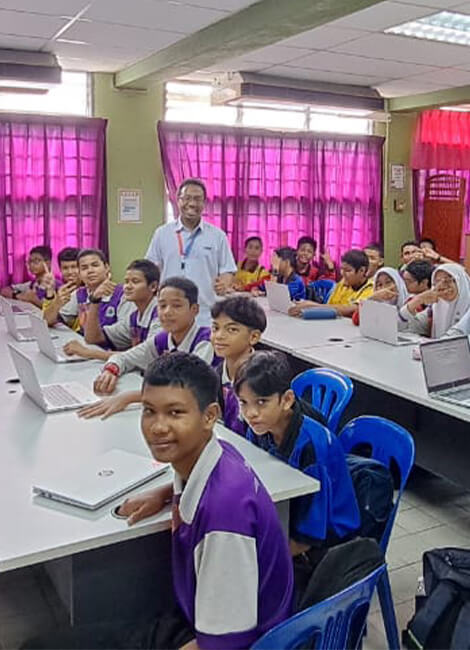Signal Processing

Teach Climate Change Through Simple & Engaging Activities
What makes the invisible, visible, helping us see through walls or to the ocean’s depths? What allows humans to capture images of inside our bodies and black holes in outer space? What allows us to turn speech into text? What captures sound to recognize the music? What helps people with hearing loss hear better? Magic? No, Signal processing! It is the science that makes our senses digital—it lets us capture the information we hear and see (sounds, images, video) to be stored, sent and reproduced through our laptops, smartphones or tablets.

What is Signal Processing?
Resources
Discover More
Find the resources you can use to teach school-age children and how they can make the world a better place. Search for lessons, games, engineering disciplines and articles.


